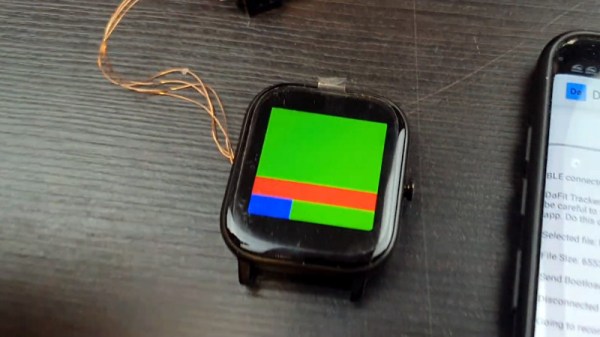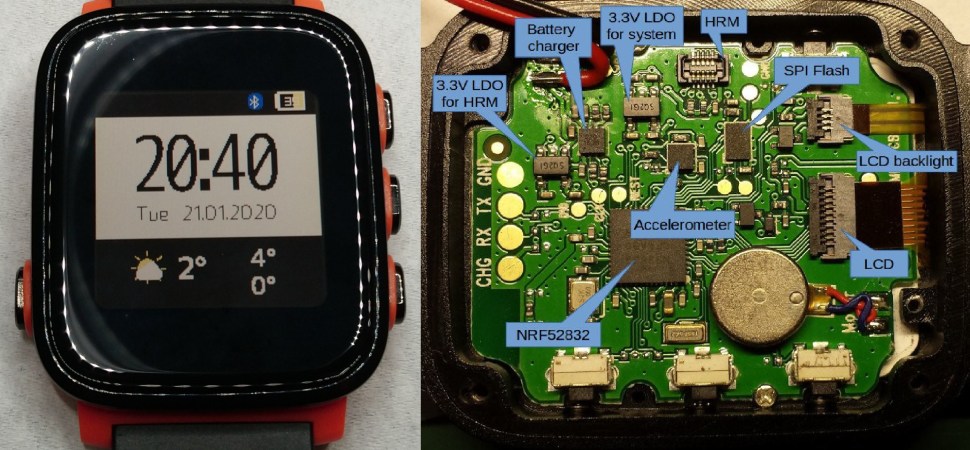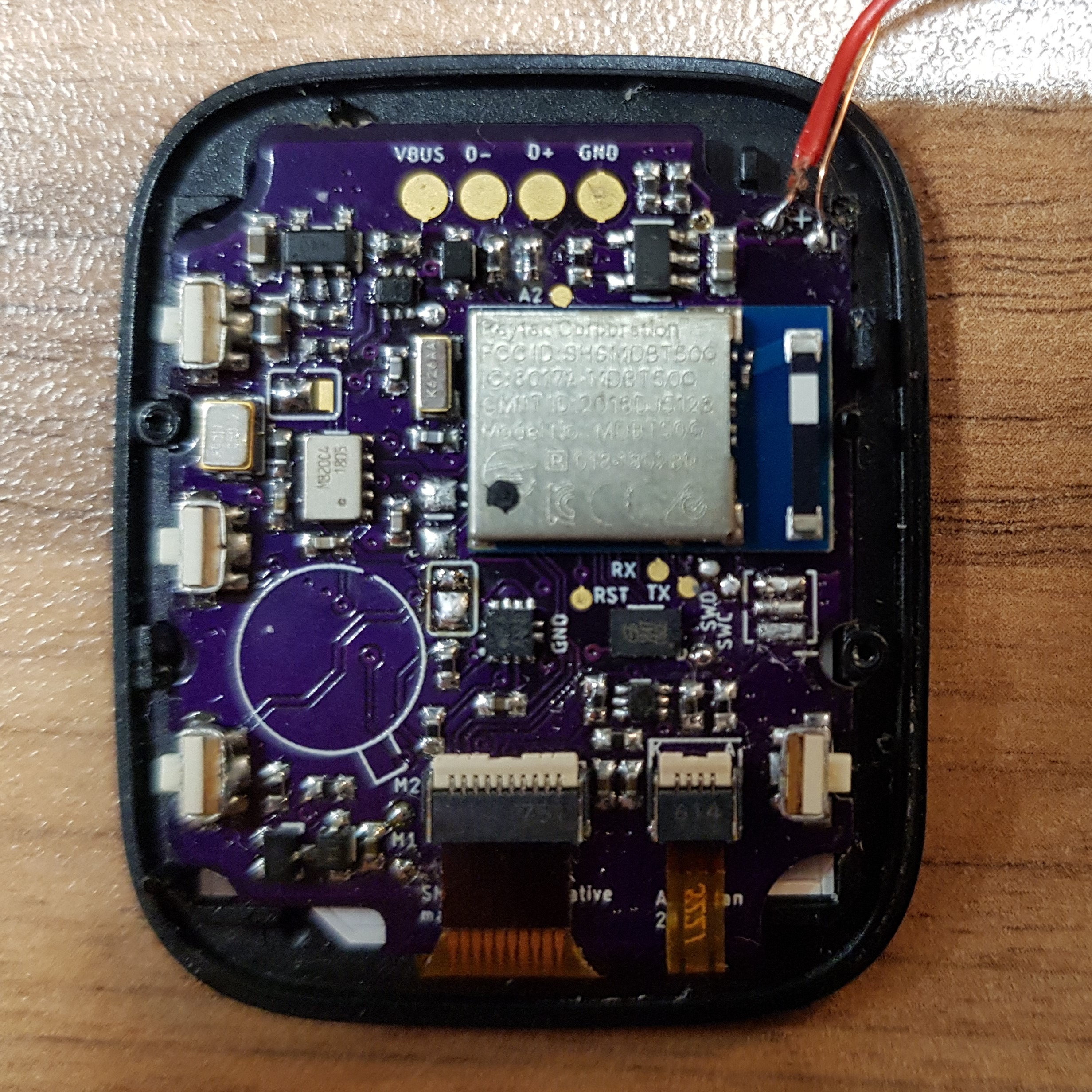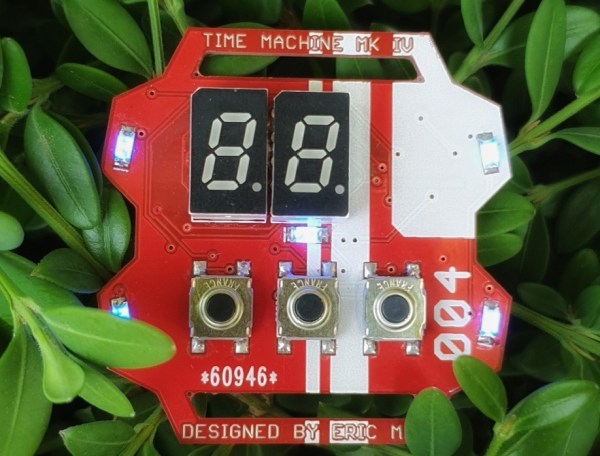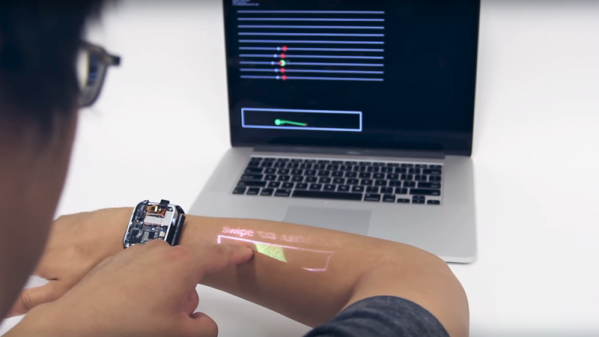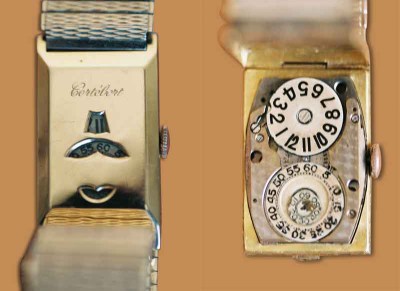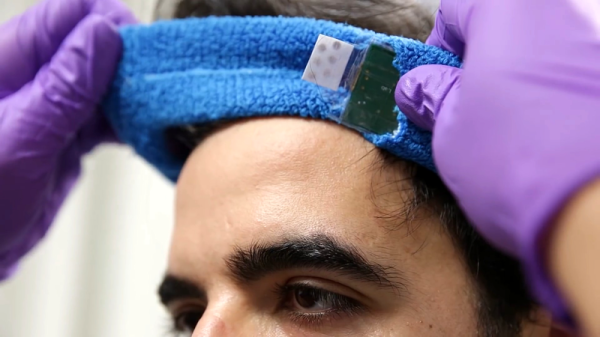[Aaron Christophel] has been busy, he picked up a P8 smartwatch of the type that many of you will no doubt have seen. They cost almost nothing and do almost… nothing. In all fairness, they do connect to your phone using Bluetooth LE courtesy of a chip from Nordic (the NRF52832), and they can do several simple tasks. But they don’t run applications in the way an Android or Apple watch does. [Aaron] wants to run his own applications, so his YouTube channel has a lot of information about hacking the P8 and other watches with similar chips. In one video you can watch below, he demonstrates how he’s written support for Arduino programming to the devices. What we were really excited about was the second video below where he shows his Android app that can flash the devices via Bluetooth. That means you can potentially hack these devices without opening them up.
The app that normally runs these watches is called Da Fit, so [Aaron] called his utility DaFlasher. This is all early stuff so we expect some coaxing to get everything working, but it has great promise.
Continue reading “Cheap Smartwatch Hacking, To Run Your Own Code”

